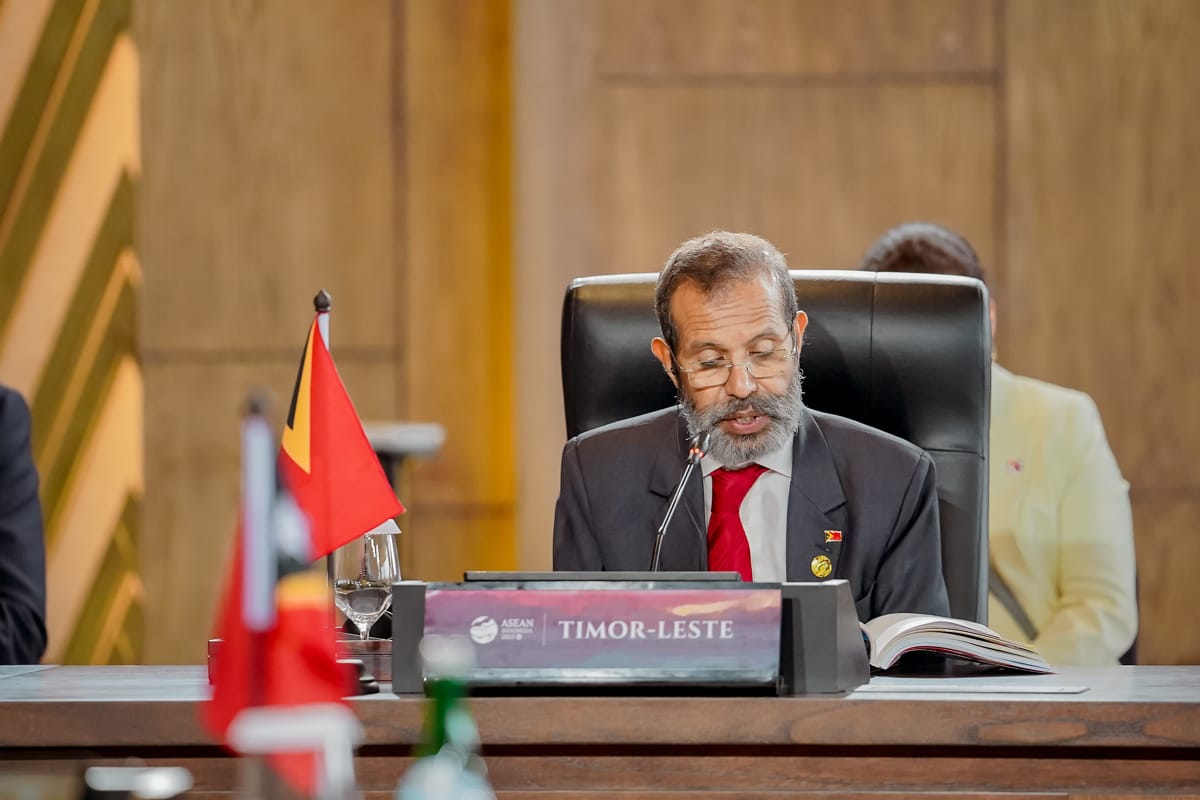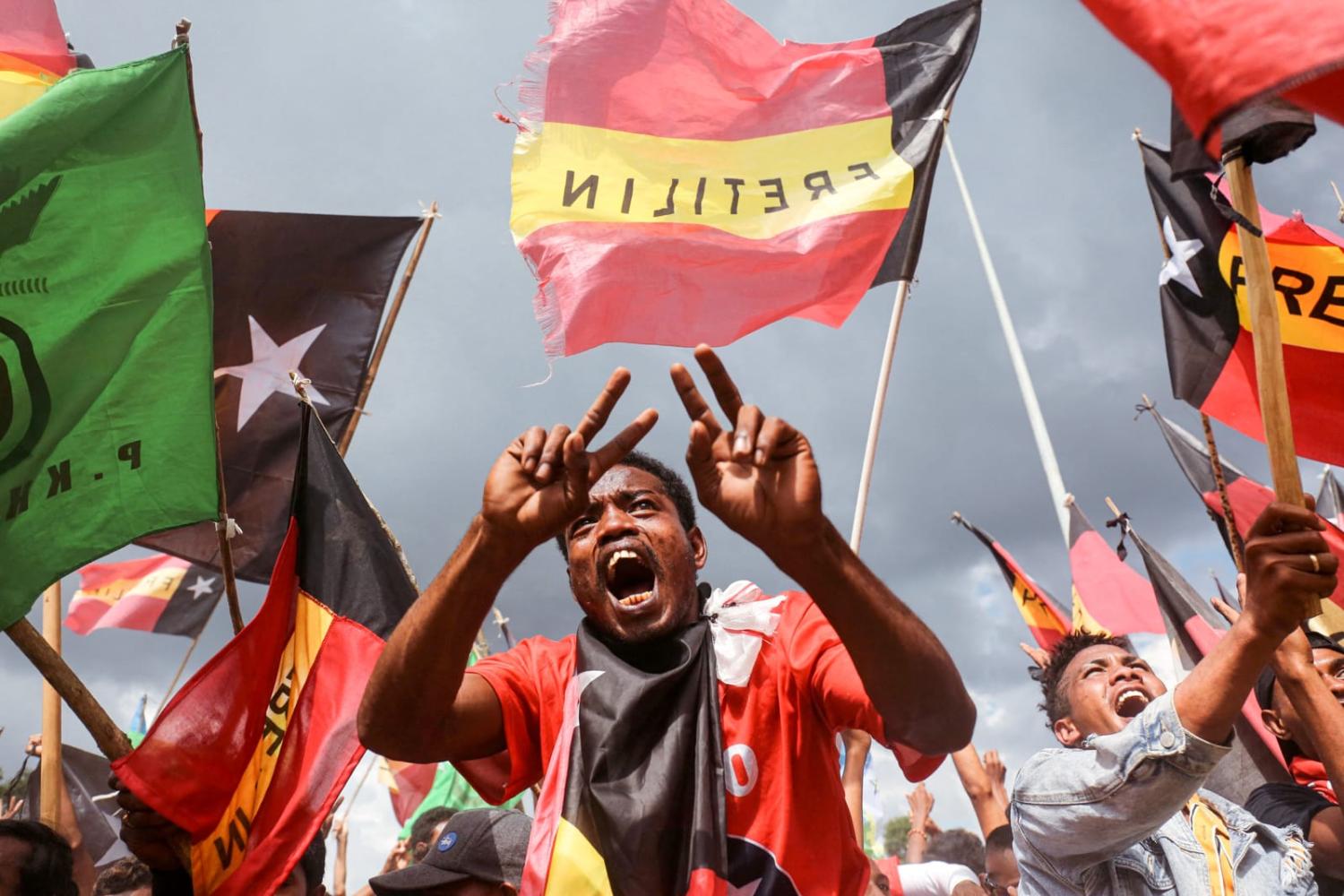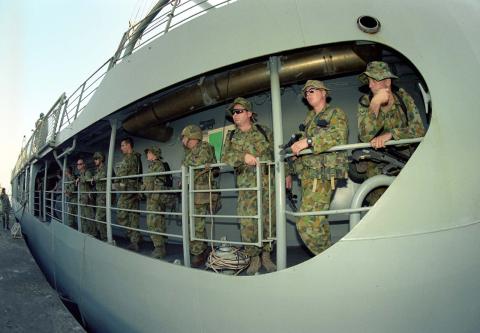It’s a newsy time for Timor-Leste. Voters go to the polls on 21 May for parliamentary elections, the results of which will reverberate beyond the island nation’s borders. In addition, the country’s long-awaited roadmap to full membership in the Association of Southeast Asian Nations (ASEAN) was released at the bloc’s 42nd summit, held in Labuan Bajo, Indonesia from 9-11 May, providing much-needed clarity for Timor-Leste’s path forward.
Parliamentary elections
The election campaign, which is being contested by 17 political parties, has been underway for nearly a month. Like past contests, it has been driven by personalities, resistance-era credentials, and national identity more so than substantive policy debates, but some key issues facing the country – such as cost of living, jobs, and infrastructure – have been part of the conversation.
The National Congress for Timorese Reconstruction (CNRT), led by resistance-era icon Xanana Gusmão, is ahead in multiple polls – albeit ones taken before the campaign period that show a high number of undecided voters. Gusmão has barnstormed the country in his quest to return as Prime Minister, a post he previously held from 2007–15, and his party seems poised to take first place with a plurality of the vote.
CNRT has been aggressively challenged by the Revolutionary Front for an Independent Timor-Leste (FRETILIN), led by resistance era-icon Mari Alkatiri, who has long squared off with Gusmão for political dominance. The party’s rock-solid base of support ensures its competitiveness at every election, and it has maintained a united front with its two coalition partners in the incumbent government, the People’s Liberation Party (PLP) and Kmanek Haburas Unidade Nasional Timor Oran (KHUNTO).
Under Timor-Leste’s closed-list electoral system, which uses the d’Hondt method to allocate the 65 parliamentary seats up for grabs, it will be difficult for any one party to win an outright majority, so the race will be on to form a coalition government after election day. Under the constitution, the party that takes first place is granted the first opportunity to form a government – a dynamic that may prove advantageous to CNRT. Keep an eye on the Democratic Party (PD), which could play a decisive role in coalition formation.
The post-election dividing lines appear to be clear, but they could become blurred by two factors that drive Timorese politics: the state of the Gusmão-Alkatiri relationship and the complex web of interpersonal and familial relationships that underpins, and at times supersedes, those with political parties. After all, it wasn’t so long ago that PLP and KHUNTO were in government with CNRT, and what seem to be strong loyalties now may become scattered as coalition negotiations get underway.

ASEAN membership roadmap
The roadmap’s release while Indonesia holds the rotating ASEAN chair and the summit’s location in the province of East Nusa Tenggara (NTT), which Timor-Leste shares a land border with, are symbolic. Indonesia’s support for Timor-Leste’s ascension is seen as one way of it making amends for its 1975–99 occupation of its neighbour during which 100,000-180,000 Timorese perished.
Last year, Timor-Leste’s President José Ramos-Horta quipped that “the road to heaven – to reach the perfection of heaven – is easier than to reach the gates of ASEAN”. While his remark seemed intended as a joke of sorts, the roadmap shows there’s some truth to the humour. Timor-Leste must meet a laundry list of criteria and milestones, from ensuring it has “the required physical infrastructure and logistics readiness to host meetings” to “sufficient English-speaking personnel in all relevant line ministries and agencies.” These may take years to meet.
With that said, the roadmap is indisputably a step in the right direction, and there is political will on all sides of Timorese politics to achieve what’s set out in it. Ramos-Horta will work tirelessly alongside the Ministry of Foreign Affairs to secure full membership for his country, and sees doing so as a way to cement his legacy. The international community has an important role to play in helping Timor-Leste on this journey, and they can best do so by providing coordinated, timely support intended to help it meet specific criteria and milestones laid out in the roadmap.

